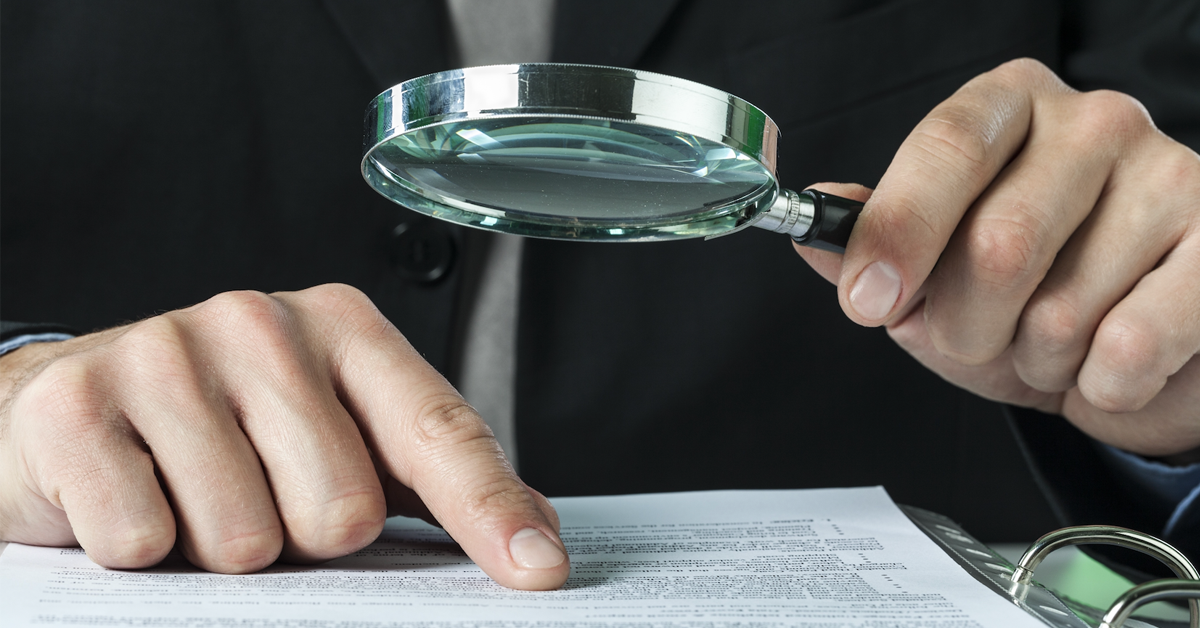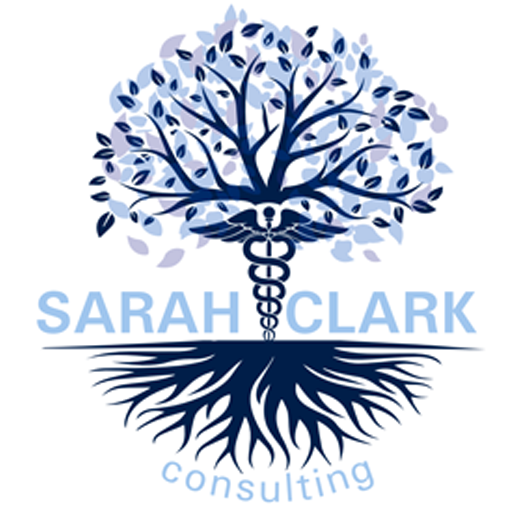
Audits are on the rise and denials are happening across specialties and, as such, having well-defined processes is crucial for privately owned medical and dental practices. One essential component of a comprehensive compliance program is the self-auditing of clinical encounter notes. This process not only helps prevent fraud and abuse but also serves as a valuable educational tool for providers to enhance coding and documentation practices.
Why Self-Audit Clinical Encounter Notes?
Effective clinical encounter note documentation is not just about record-keeping; it’s also a key factor in ensuring proper billing and compliance with healthcare regulations. Self-auditing these notes can reveal discrepancies or inconsistencies that may lead to unintentional billing errors. By catching these issues early, practices can prevent costly penalties and investigations.
Moreover, self-auditing empowers medical professionals to take control of their documentation processes. It encourages them to be proactive in ensuring that their clinical notes accurately reflect the care provided. This level of accountability can significantly contribute to maintaining a compliant practice.
The Role of Peer Review
Peer review is a cost-effective and collaborative approach to enhancing compliance within a medical practice. It involves colleagues reviewing and providing feedback on each other’s clinical encounter notes. This not only helps identify errors or omissions but also fosters a culture of continuous improvement.
Here are some key benefits of peer review:
Compliance and Education Go Hand in Hand
A well-structured compliance program not only focuses on adherence to regulations but also places a strong emphasis on education. Peer review plays a pivotal role in this educational aspect, as it encourages providers to stay updated on coding and documentation guidelines.
By regularly engaging in peer review, practitioners can:
Solo Practitioners
In situations where a doctor operates without partners or associates in the practice, exploring alternative options becomes essential for maintaining high standards of documentation. Peer review, although typically involving colleagues cross-checking each other’s notes, can take on a collaborative approach even in sole practitioner scenarios. Engaging with external professional networks or associations, participating in specialized forums, or seeking mentorship opportunities are viable avenues for solitary practitioners to obtain constructive feedback on their clinical encounter notes. Establishing connections within the broader medical community not only facilitates error identification and improvement but also nurtures a culture of ongoing enhancement in documentation practices. This collaborative approach, while seemingly challenging in a solo practice setting, remains a cost-effective and beneficial strategy for continuous professional development and compliance improvement.
The Last Word
Healthcare as a business is ever-changing and is no longer only about treating the patient and therefore, compliance is paramount. Self-auditing clinical encounter notes and incorporating peer review into the compliance program can be a game-changer. It not only helps prevent fraud and abuse but also serves as a valuable educational tool for providers to improve their coding and documentation skills.
Incorporating these practices into your medical practice’s compliance program can lead to increased efficiency, reduced compliance risks, and a stronger commitment to delivering high-quality patient care.
Remember, compliance is not just a checkbox; it’s a commitment to excellence in patient care and operational efficiency.
What tips do you use when it comes to self-auditing your clinical encounter notes?
Did you know Sarah Clark Consulting offers a FREE practice self-assessment? CLICK HERE to take the one minute assessment and get some great information to keep the smile on your face while making your practice more efficient!
